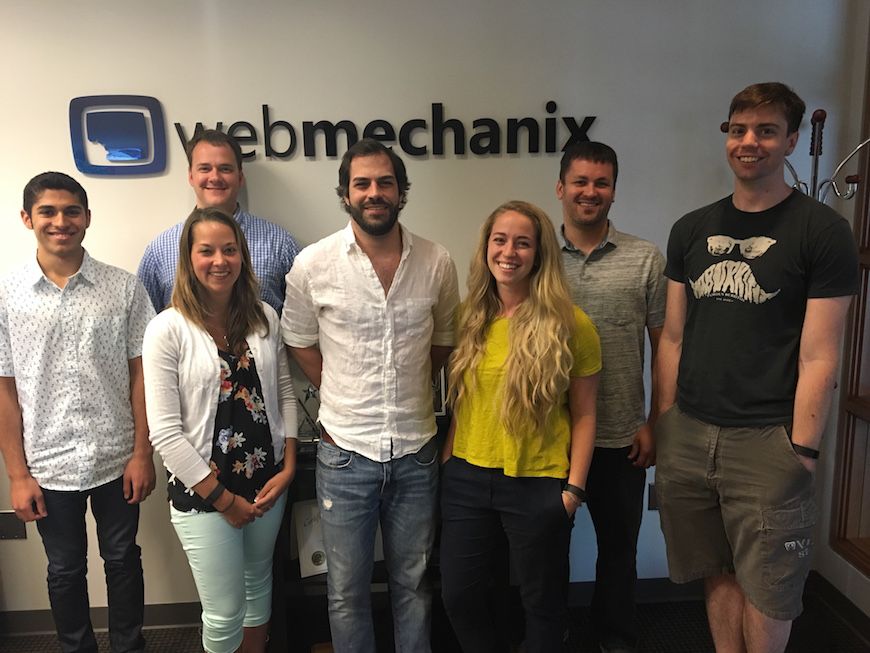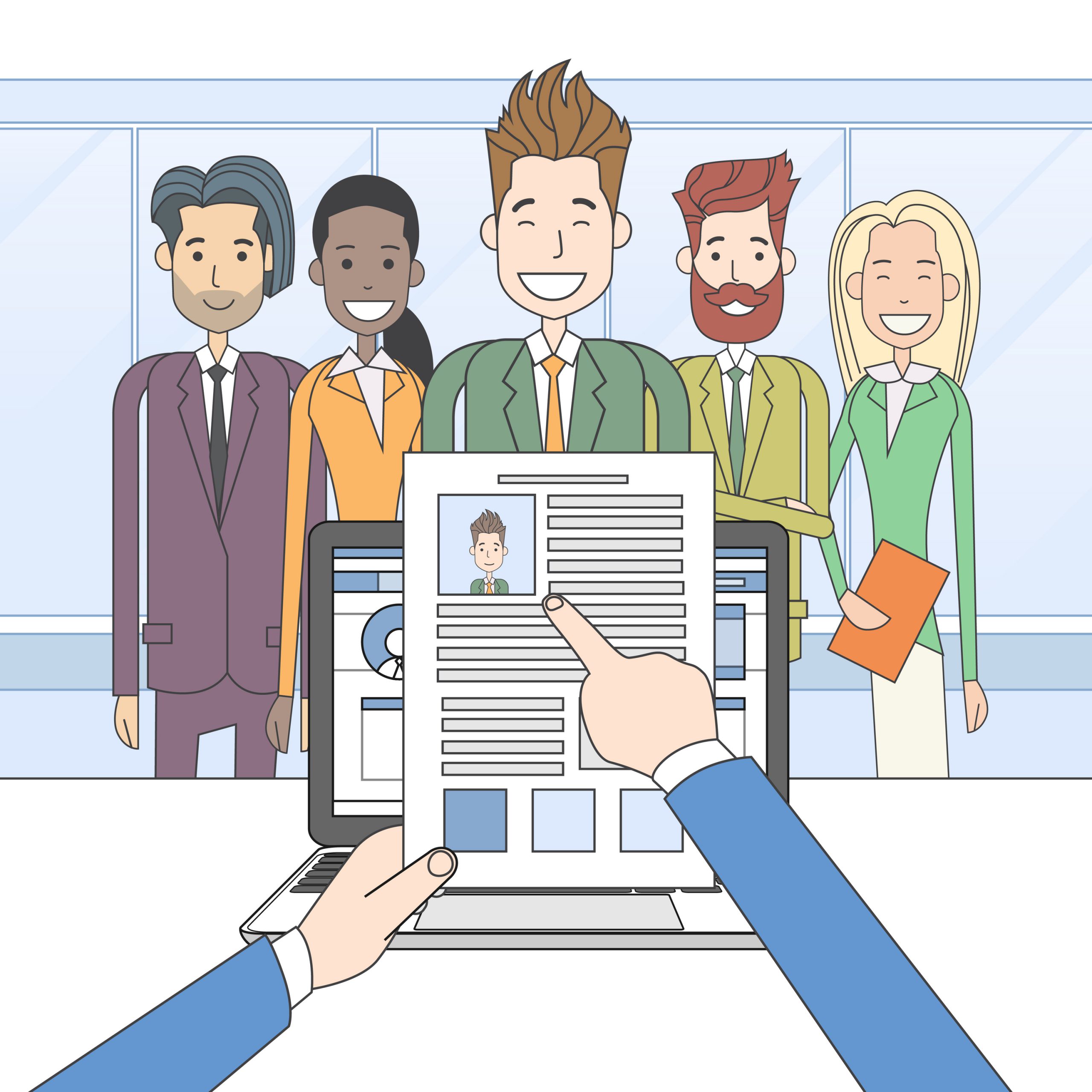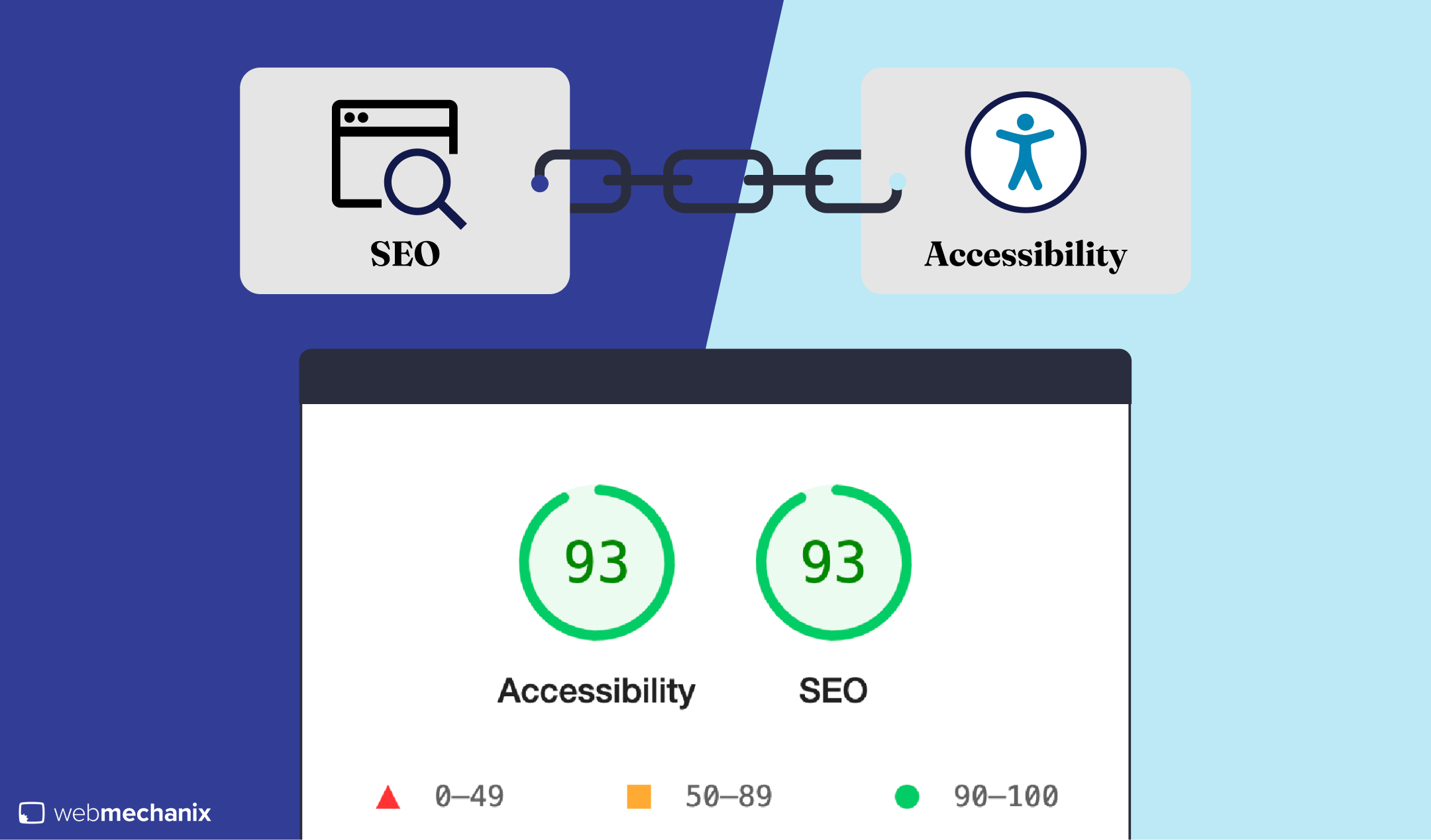
WebMechanix Web Developer Internship: 8 Things You Probably Won’t Learn in School
What I Learned As A WebMechanix Intern

There’s nothing more frustrating than trying to gain experience through a web development internship, only to realize that all the internship position listings want prior experience and 30 programming languages under your belt.
You have two choices at this point in the internship search:
- Close your laptop and text your dad to see which of his friends can let you hang out around with their company’s webmasters for a few months, or
- Hope one of these development firms takes a chance on you with the marginal textbook experience you have.
I was lucky enough to land in the second category. At WebMechanix, I got the opportunity to:
- Learn from experienced web developers
- Work with a professional web designer
- Explore SEO and user analytics with digital strategists
- Collaborate on numerous client projects and site developments
Throughout my internship, one of my greatest takeaways was this: while your degree certainly can teach you the basics you need, there is so much more to a career in web development than they cover in school.
Below are eight things I learned during my internship, and why you too should strongly consider an internship in web development before you graduate.

1. Web Design Process
In a marketing firm, the web design process looks much different than it does in an academic setting.
In school, you’re the client, project manager, designer and developer all in one. And being all those things is great, because you rarely find yourself disagreeing with yourself. You create a site that you want to build, you design it with content you know how to create, and once the site launches you never have to look at it again. But this is not the case at all when working in marketing firm.
During my internship I learned how to collaborate with a designer and clients on wireframes, and then takes those wireframes and turn it into a functioning website. The design process here at WebMechanix is extensive, and through this process I was taught by industry experts about web design trends, how to perform effective market research, and user experience factors that contribute to making a website with high ROI.
2. Web Developer Tools and Coding Standards
Beyond text editors, there are not many developer tools you are introduced to in school. However at WebMechanix, I learned a number of powerful tools that web developers should be able to use if they are looking for a career in that field.
Some of the web developer tools I got my hands on included things like:
The developers also taught me best practices when developing a website. Here at WebMechanix, we emphasize using version control on all our work, knowledge of the WordPress Codex, and HTML and CSS coding standards. These are just a few of the standards practiced here to produce high-quality websites for our clients.

3. QA-ing
This term was used as a verb for quite a while around here before I understood what it meant. QA, or quality assurance, is when you test your work to ensure that it looks good and doesn’t break on a variety of browsers and devices. QA-ing is an important part of the design and development process.
No matter how good your work may be, it’s almost guaranteed to have a glitch on some device or browser, and your client will always find it.
QA-ing was something I performed at varying stages of the design process, from new site development to spot checking existing sites (I went through 1,500 screenshots one day!), and helped me learn trends across the various browsers.
4. CMS, i.e. WordPress, Usage
Content management systems are the platform of the web, and another tool that people who want a career in web development need to understand how to use. WordPress is the most popular CMS on the market today and a favorite here at WebMechanix, so I spent a majority of my time learning it (read more about why WebMechanix loves WordPress so much).
Through various projects and task, I learned a variety of basic WordPress operations such as how to log into the back end of a site, create new content and edit existing content, add custom page fields, and create parent-child page relationships.
5. Client Meetings
How to handle yourself in client meetings as a developer and designer is essential to thriving in any professional career. Throughout my web development internship, I had the chance to sit in on a number of client meetings at different stages in the design process. In these meetings, I learned how to draw out a client on their vision for their new website, as well as how to introduce (and sometimes defend) your design ideas to them.
6. Site Management
Much to my surprise, as a developer much of your time is actually spent maintaining sites post-launch. Whether its adding a new element to a client’s site, fixing issues, performing security checks and updates, or whatever else the client may want, developers are constantly maintaining their creations. As change requests came in, I learned how to safely make changes and add content to sites through WordPress’s backend.
7. Measuring Site Performance
As a business major, I found measuring site performance to be particularly interesting. You could build the most innovative, beautiful sites but if they aren’t producing results for a client what is the point of even having it? Throughout my internship I learned how to read Google Analytics reports, analyze Hotjar heat maps and user recordings, and turn it into useful information for the development of a new site or the upkeep of an existing site.
8. Create Meaningful Content
After completing my internship, I had a number of tangible projects that I could then use in my portfolio as things that I personally created that contributed to a client’s success. Building a professional portfolio is a huge part of establishing a career in web development, and through the guidance of the developers and designer here at WebMechanix, I was able to get a jump start on my portfolio.

Wrapping Up the WebMechanix Intern Experience
When you intern at WebMechanix, you certainly will never be getting someone’s coffee or spending your time on useless busywork. You will get a chance to see all the facets of web development, and fill in the holes in your current development abilities so you can be well on your way to a successful career.
Most newsletters suck...
So while we technically have to call this a daily newsletter so people know what it is, it's anything but.
You won't find any 'industry standards' or 'guru best practices' here - only the real stuff that actually moves the needle.






